View all filters
Clear
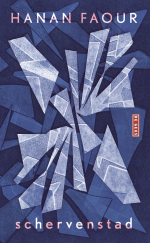
парченца град (schervenstad)
Translated from
Dutch
to
Bulgarian
by Elena Dimitrova
Written in Dutch by Hanan Faour
8 minutes read

Имало едно време Крим
Translated from
Ukranian
to
Bulgarian
by Dayana Gocova
Written in Ukranian by Anastasia Levkova
8 minutes read
Parêntesis
Translated from
Spanish
to
Portugese
by Matias Gomes
Written in Spanish by Mariana Torres
7 minutes read
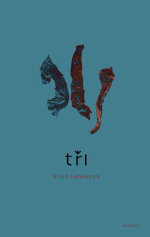
TRE!
Translated from
Czech
to
Italian
by Marco Maria Baù
Written in Czech by Anna Luňáková
8 minutes read
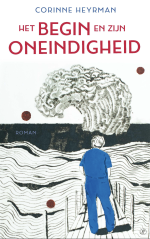
Началото и неговата безкрайност
Translated from
Dutch
to
Bulgarian
by Elena Dimitrova
Written in Dutch by Corinne Heyrman
9 minutes read

Oranje blokken
Translated from
Spanish
to
Dutch
by Lies Doms
Written in Spanish by Luis Díaz
9 minutes read
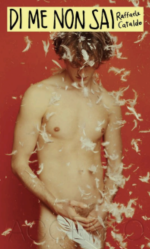
За мен не знаеш
Translated from
Italian
to
Bulgarian
by Brigitte Mancuso
Written in Italian by Raffaele Cataldo
4 minutes read

Nevíš o mně
Translated from
Italian
to
Czech
by Anna Kostková
Written in Italian by Raffaele Cataldo
3 minutes read

Il ragazzo con la testa di pesce
Translated from
Czech
to
Italian
by Marco Maria Baù
Written in Czech by Eliška Beranová
9 minutes read

Ce nu știi despre mine
Translated from
Italian
to
Romanian
by George Doru Ivan
Written in Italian by Raffaele Cataldo
4 minutes read

El chico con cabeza de pez
Translated from
Czech
to
Spanish
by Enrique Gutiérrez
Written in Czech by Eliška Beranová
11 minutes read
Sens unic
Translated from
Dutch
to
Romanian
by Cătălina Oșlobanu
Written in Dutch by Carmien Michels
10 minutes read
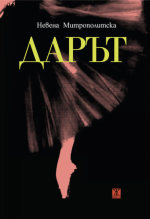
El regalo
Translated from
Bulgarian
to
Spanish
by Marco Vidal
Written in Bulgarian by Nevena Mitropolitska
10 minutes read

Ти нічого про мене не знаєш
Translated from
Italian
to
Ukranian
by Olena Roman
Written in Italian by Raffaele Cataldo
3 minutes read
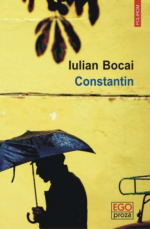
Constantin
Translated from
Romanian
to
Spanish
by Borja Mozo
Written in Romanian by Iulian Bocai
10 minutes read
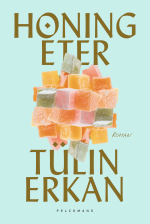
ARRIVALS / GELIȘ (Медолюб)
Translated from
Dutch
to
Ukranian
by Olga Bondarenko
Written in Dutch by Tülin Erkan
6 minutes read
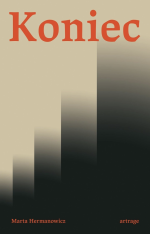
Fine
Translated from
Polish
to
Italian
by Paola Pappalardo
Written in Polish by Marta Hermanowicz
14 minutes read

Кінець
Translated from
Polish
to
Ukranian
by Julia Stakhivska
Written in Polish by Marta Hermanowicz
11 minutes read

Oranžni bloki
Translated from
Spanish
to
Slovenian
by Mojca Petaros
Written in Spanish by Luis Díaz
8 minutes read

ARRIVALS / GELIȘ (Mâncătorul de miere)
Translated from
Dutch
to
Romanian
by Andreea Bălteanu
Written in Dutch by Tülin Erkan
7 minutes read